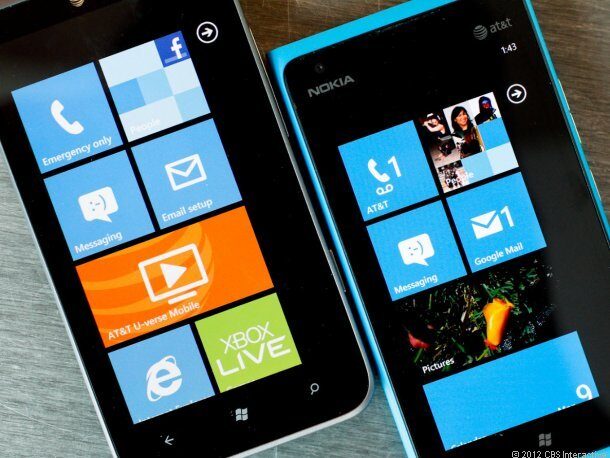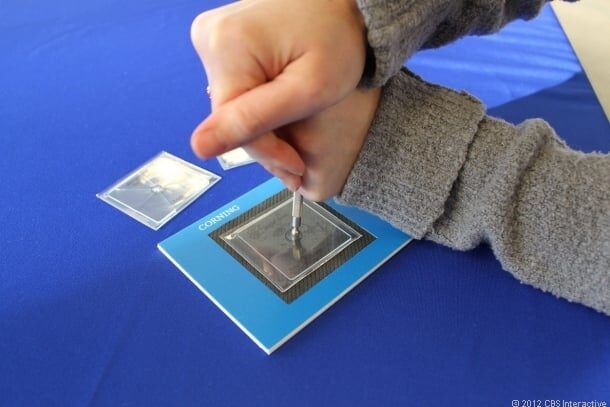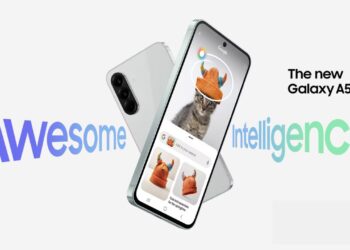AMOLED:
AMOLED stands for Active-Matrix Organic Light-Emitting Diode. AMOLED displays are a type of OLED displays for mobiles and are rapidly gaining popularity in top end smartphone segment. AMOLED screens have all the attributes of an OLED display like brilliant color reproduction, light weight, better battery life, higher brightness and sharpness and light weight designs.
AMOLED displays are now getting into main stream and most of the latest higher end smartphones like Nokia N8 are now coming with AMOLED displays.
The Nokia Lumia 900 (right) has a clearer, brighter, less reflective AMOLED display than the HTC Titan II’s LCD, thanks, in part, to a clever bit of screen design. (Credit: Josh Miller/CNET)
Super AMOLED displays:
Super AMOLED displays are an even advanced version of AMOLED displays developed by Samsung. Super AMOLED display is built with touch sensors on the display itself, as opposed to creating a separate touch sensitive layer (as in capacitive touchscreen). This makes it the thinnest display technology on the market.
Super AMOLED displays are also much more responsive than other AMOLED displays. Samsung’s recent top of the line smartphone Samsung Galaxy S I9000 comes with Super AMOLED.
Retina Display:
Retina Display is a term used by Apple for its high resolution (640 x 960 pixels) IPS LCD (with backlit LED) used by them in iPhone4. They call it the Retina display because its pixels cannot be individually identified by the human eye, thus making the display super sharp and brilliant.
From left to right – iPhone 4 (IPS Retina Display), HTC Desire (Super LCD), and the Samsung Galaxy S (Super AMOLED).
Haptic / Tactile touchscreen:
Haptic technology has been used by Blackberry and Nokia for their touchscreen smartphones targeted towards enterprise market. This technology provides a tactile feedback on a touch action on the screen thus providing an immediate and unmistakable confirmation to the user. Haptic technology has been found to significantly improve user performance, accuracy and satisfaction while typing on a touchscreen.
Gorilla Glass:
Gorilla Glass is a special alkali-aluminosilicate glass shield with exceptional damage resistance that helps protect mobile displays from scratches, drops, and bumps of everyday use. Many companies like Motorola, Samsung and Nokia are now using Gorilla Glass to make their mobile displays more durable and reliable. It is always better to go for a smartphone with Gorilla Glass for that added protection and peace of mind.
Gorilla Glass 2 undergoes much of the same process as regular Gorilla Glass, specifically, an ion exchange that packs a protective layer of larger potassium ions at the glass’ surface to create stronger compression. With Gorilla Glass 2, Corning’s engineers have rearranged the order of the ions and their spacing, in order to encourage greater potassium absorption and therefore innately stronger glass.
test the strength of Corning’s Gorilla Glass 3:
Corning’s Gorilla Glass is certainly stronger than the typical stuff.
By : Mohammad Asad ,
Admin Tech Talk, INCPak
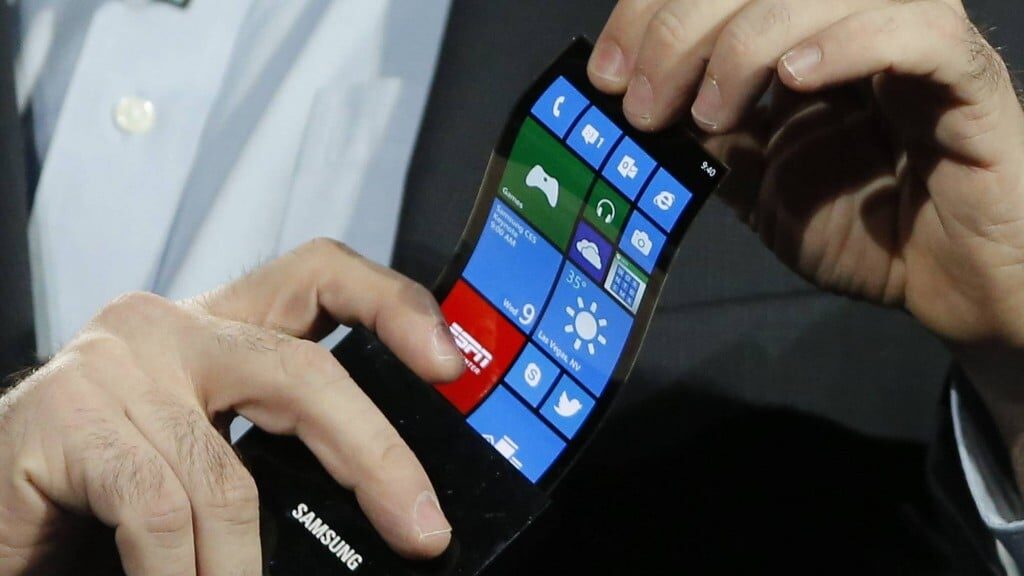
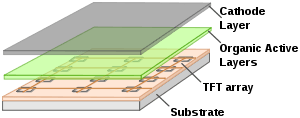 (Credit:
(Credit: 